4 Minutes
Tesla back in the headlines — and the Cybertruck remains controversial
Tesla's latest quarter put the company back in the spotlight: nearly half a million global deliveries in Q3 and the launch of cheaper Model Y and Model 3 Standard trims that drive price points down to roughly $40,000 and $37,000. Those moves helped sales in the U.S. as many buyers rushed to use the tail end of federal EV tax credits.
But affordability hasn't erased criticism. The new low-cost Model 3 and Y variants sacrificed convenience features — from powered mirrors to visible panoramic roofs — and the Cybertruck, Tesla's most polarizing product, has struggled to meet expectations amid recalls, canceled options and falling sales.
A CGI rethink: practical pickup, with a dash of Tesla oddness
Enter the online artist jlord8, a CGI creator who reimagined the Cybertruck as a conventional full-size electric pickup. The digital concept trades much of the original's sci-fi silhouette for proportions more familiar to truck buyers while keeping a hint of the Cybertruck's angular personality in the front fascia.
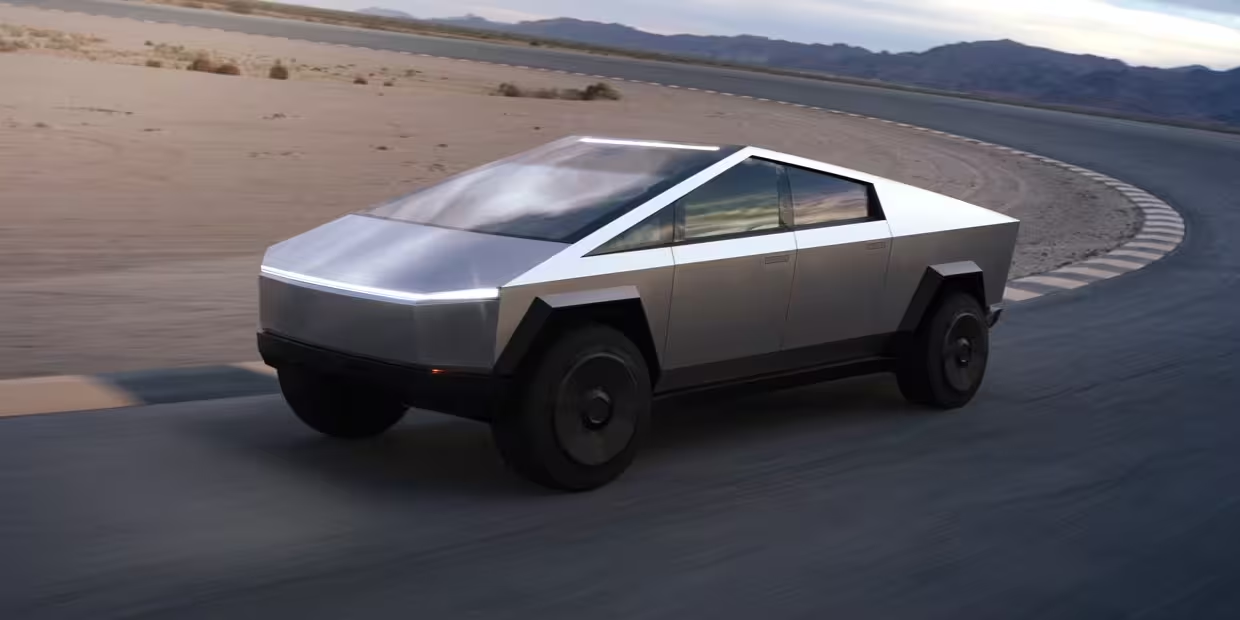
This alternate take positions the truck closer to rivals such as the Ford F-150 Lightning, Rivian R1T and Chevy Silverado EV. Followers responded positively: many felt the virtual design better matched what people expect from a utility vehicle — roomy cabin, practical bed and traditional pickup stance — rather than an experimental, spaceship-like vehicle.
What the redesign changes (and what stays)
- More conventional pickup proportions and full-size bodywork for improved utility
- Cleaner rear bed layout with obvious cargo functionality
- Retained edgy front-end cues to preserve Tesla identity
- Interior hints point toward practical pickup use rather than luxury oddities
The concept demonstrates how a subtler, more orthodox design language could broaden appeal. Instead of alienating mainstream truck buyers with a radical look, Tesla might have captured more of the market by prioritizing capability and ergonomics.
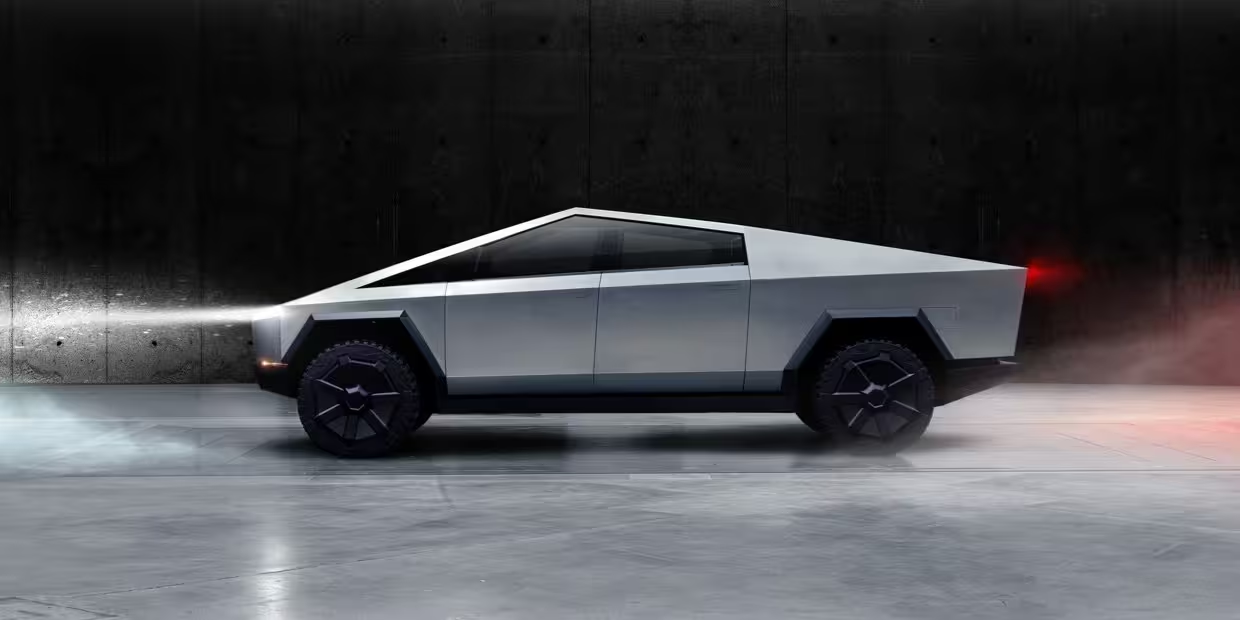
Market reality vs. digital daydream
It's worth remembering this is a digital exercise, not a factory announcement. Nonetheless, the reaction reveals a gap between Tesla's boundary-pushing aesthetics and the expectations of traditional truck customers. The real Cybertruck has faced quality-control headlines and a reported 51% sales decline after an early surge last year — issues that even the strongest brand halo can't always overcome.
For Tesla, the lesson may be twofold: aggressive pricing and federal incentives can move volume in the short term, but long-term acceptance in segments like pickups likely hinges on perceived utility, reliability and dealer/service support.
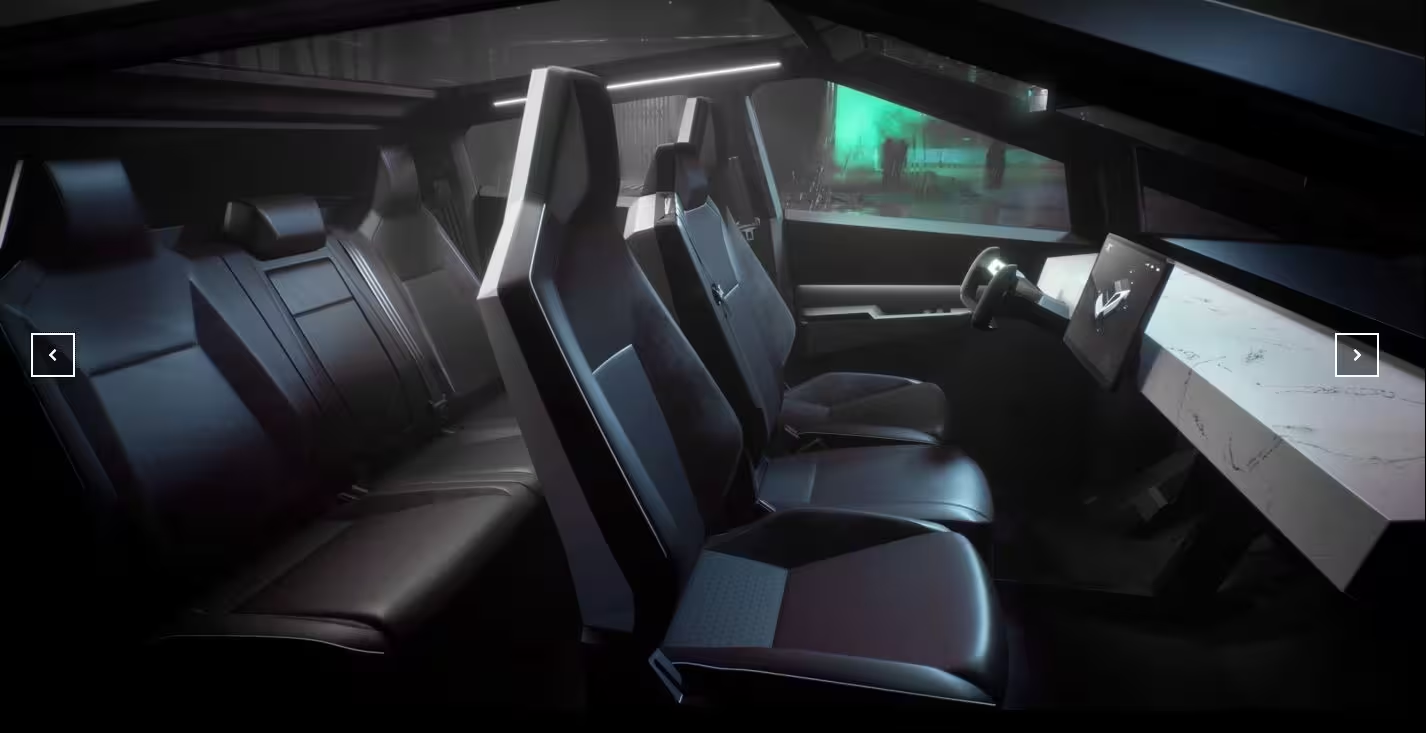
Why the idea resonates
Enthusiasts and potential buyers often ask for three things from an electric pickup: usable payload and towing, a sensible bed and cabin layout, and a design language that signals capability rather than novelty. The CGI Cybertruck redesign answers those requests, and that matter-of-fact appeal is probably why the concept got warm feedback online.
Takeaways
- A more conventional Cybertruck could have broadened Tesla's truck appeal.
- Styling matters as much as specs in the pickup market.
- Digital concepts can influence public perception and even product direction.
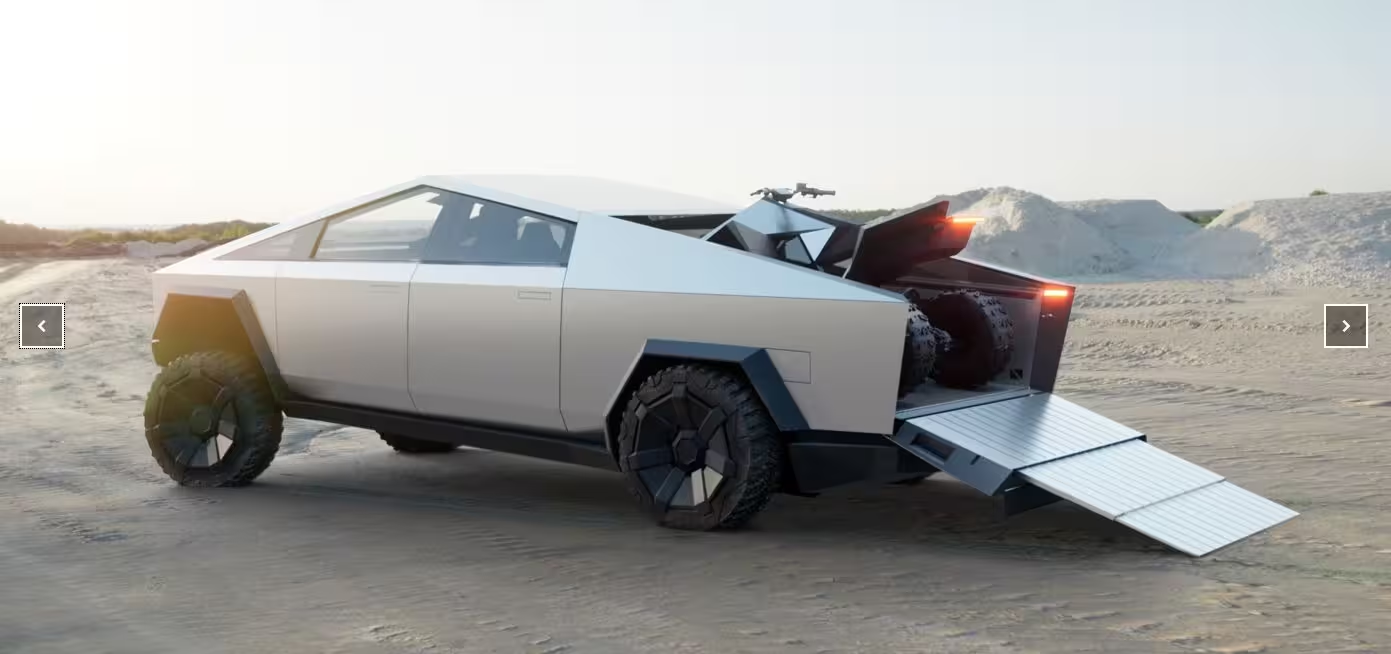
Whether Tesla will ever pivot toward a conservative pickup aesthetic is uncertain. But the conversation sparked by this virtual redesign highlights a simple truth: in the crowded EV truck market, practicality still sells. So, would you prefer a practical Tesla pickup or the original futuristic Cybertruck? The debate continues.
Source: autoevolution

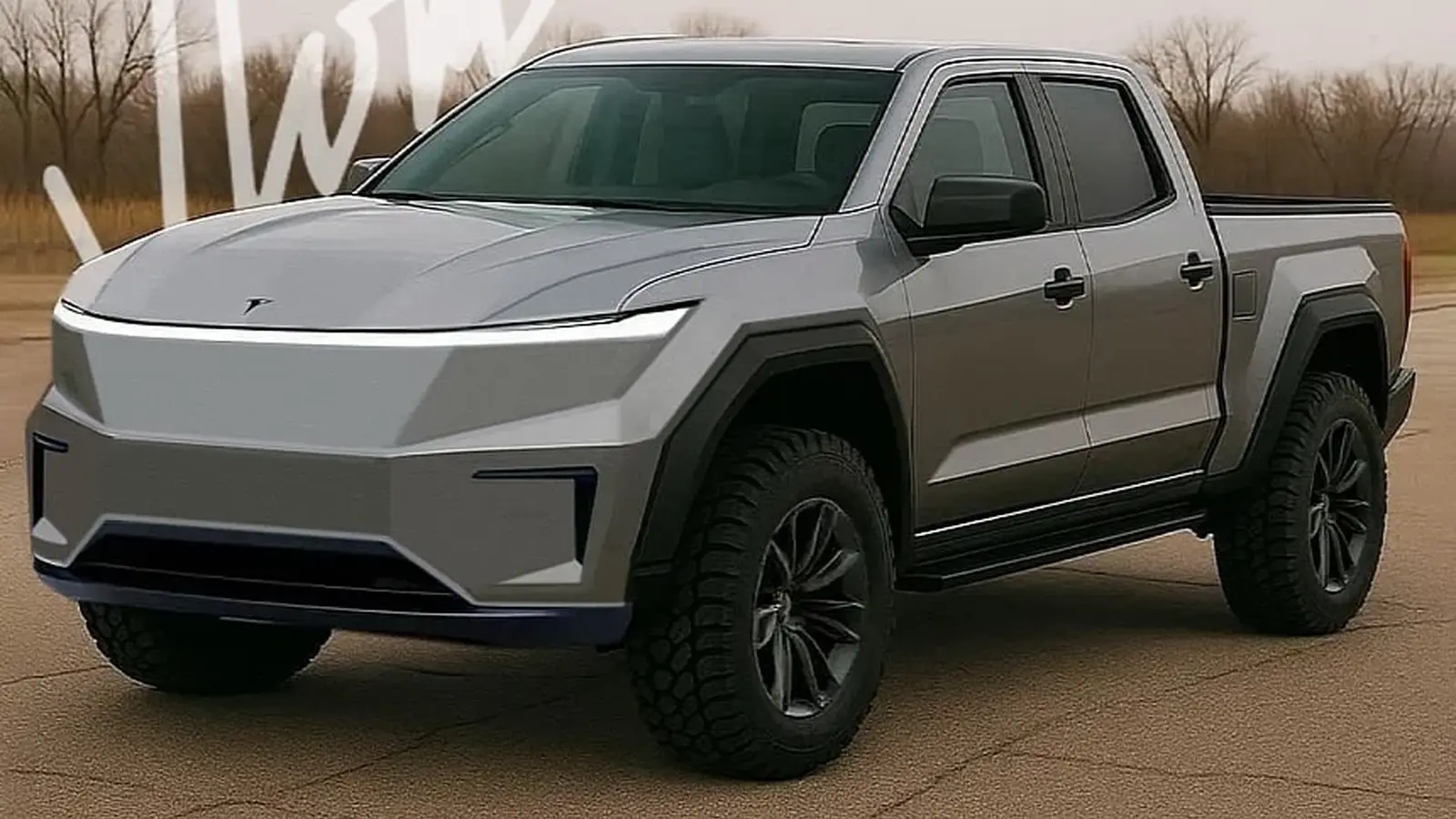
Leave a Comment